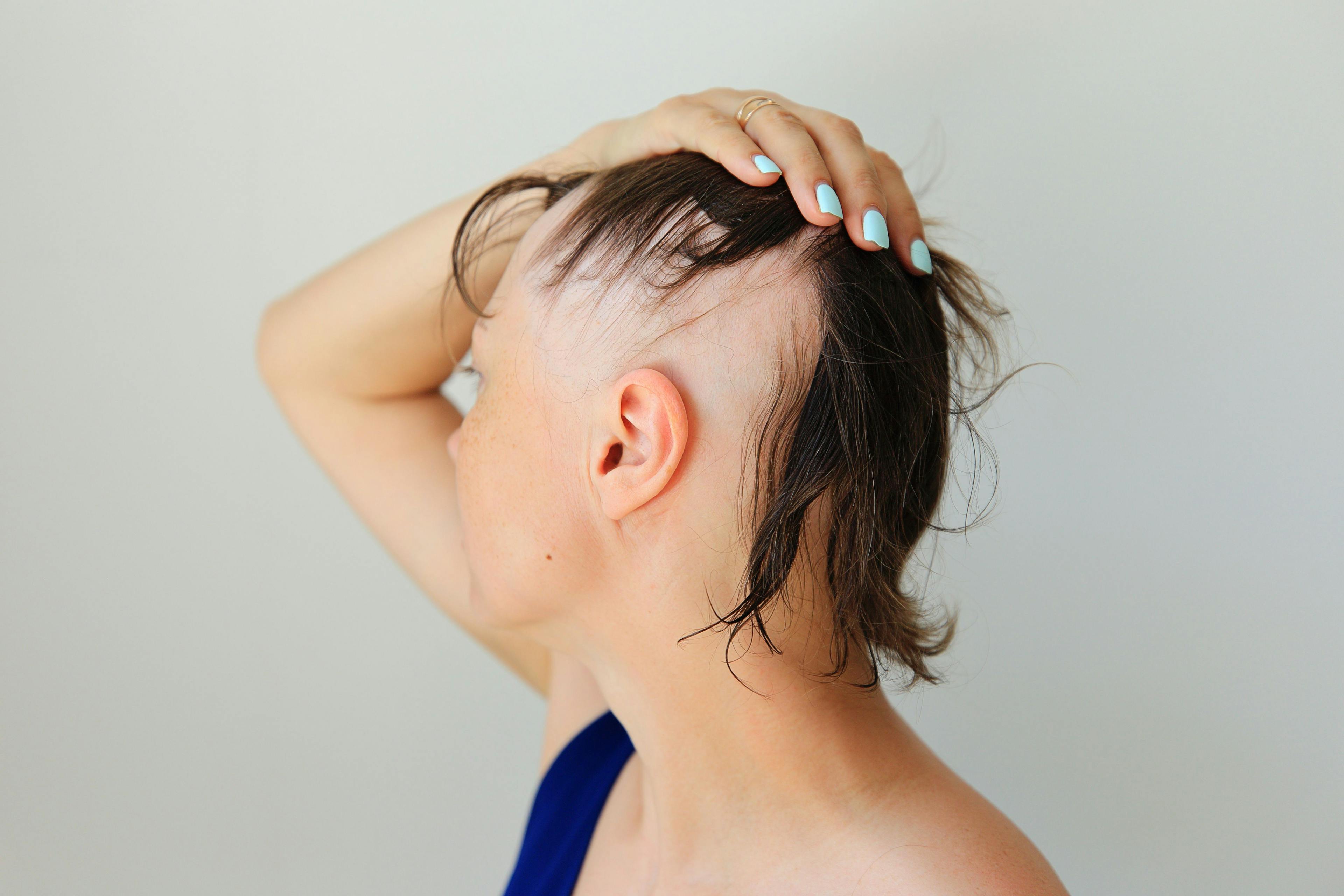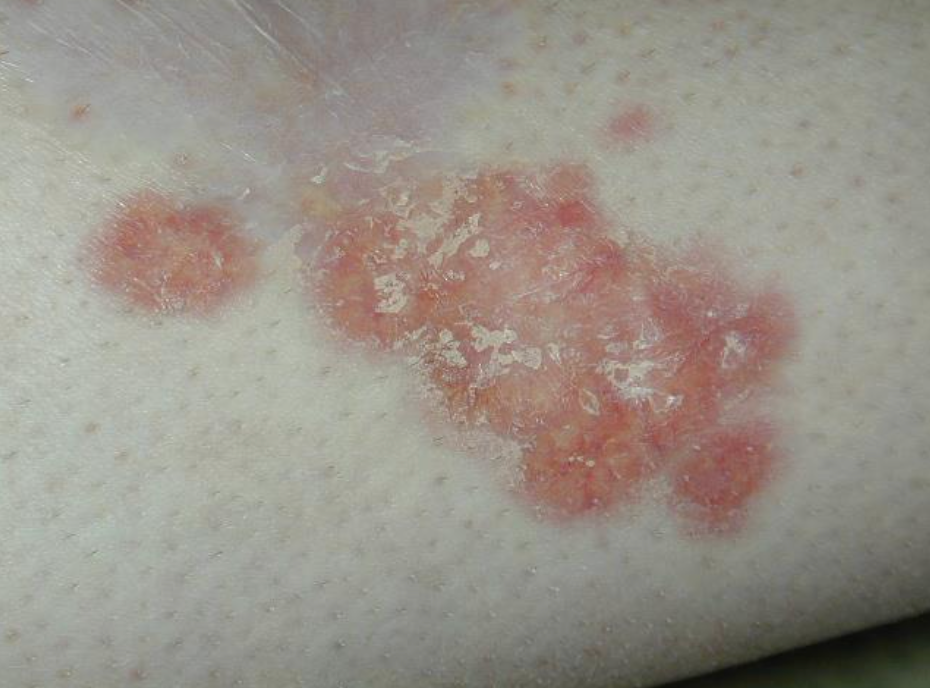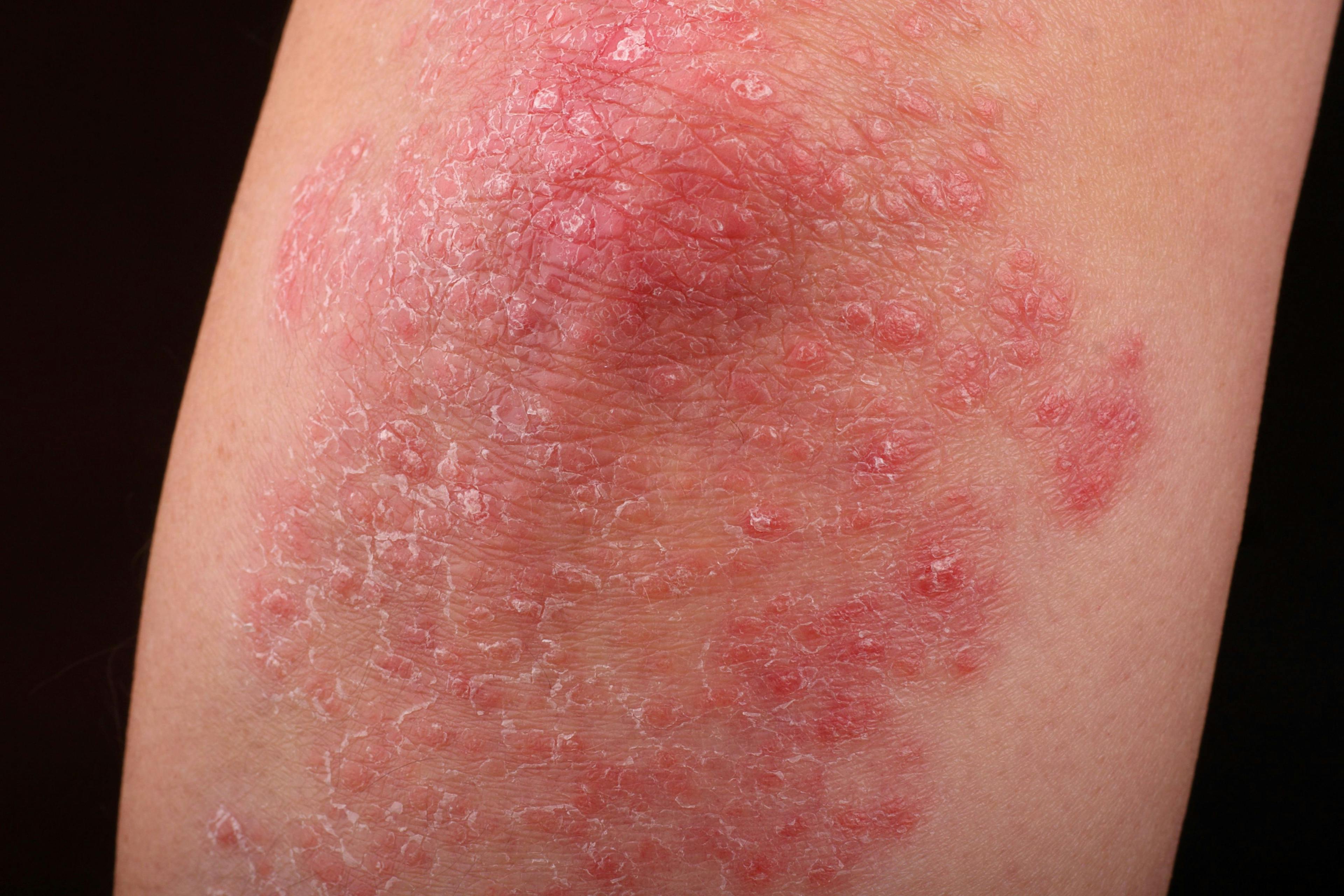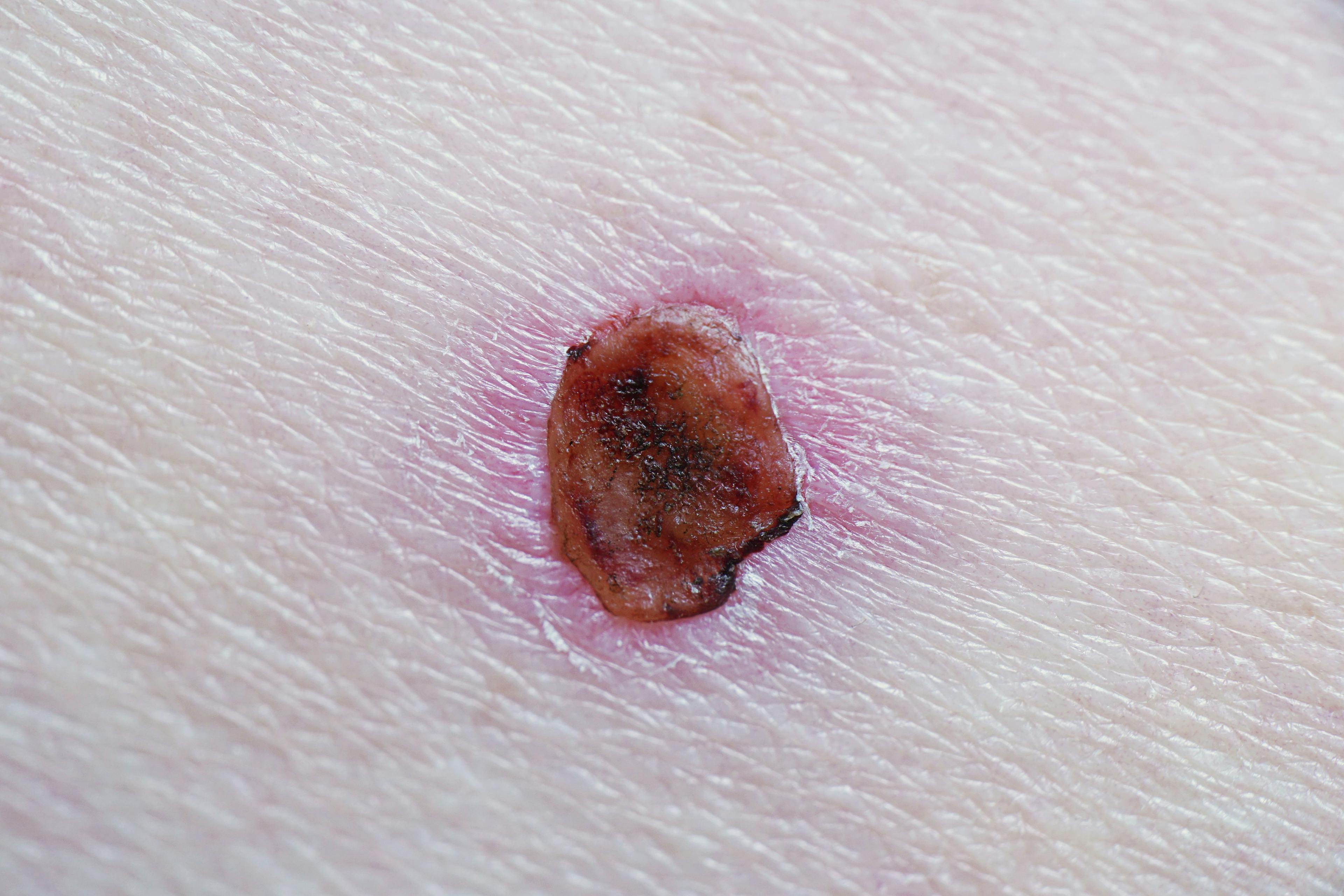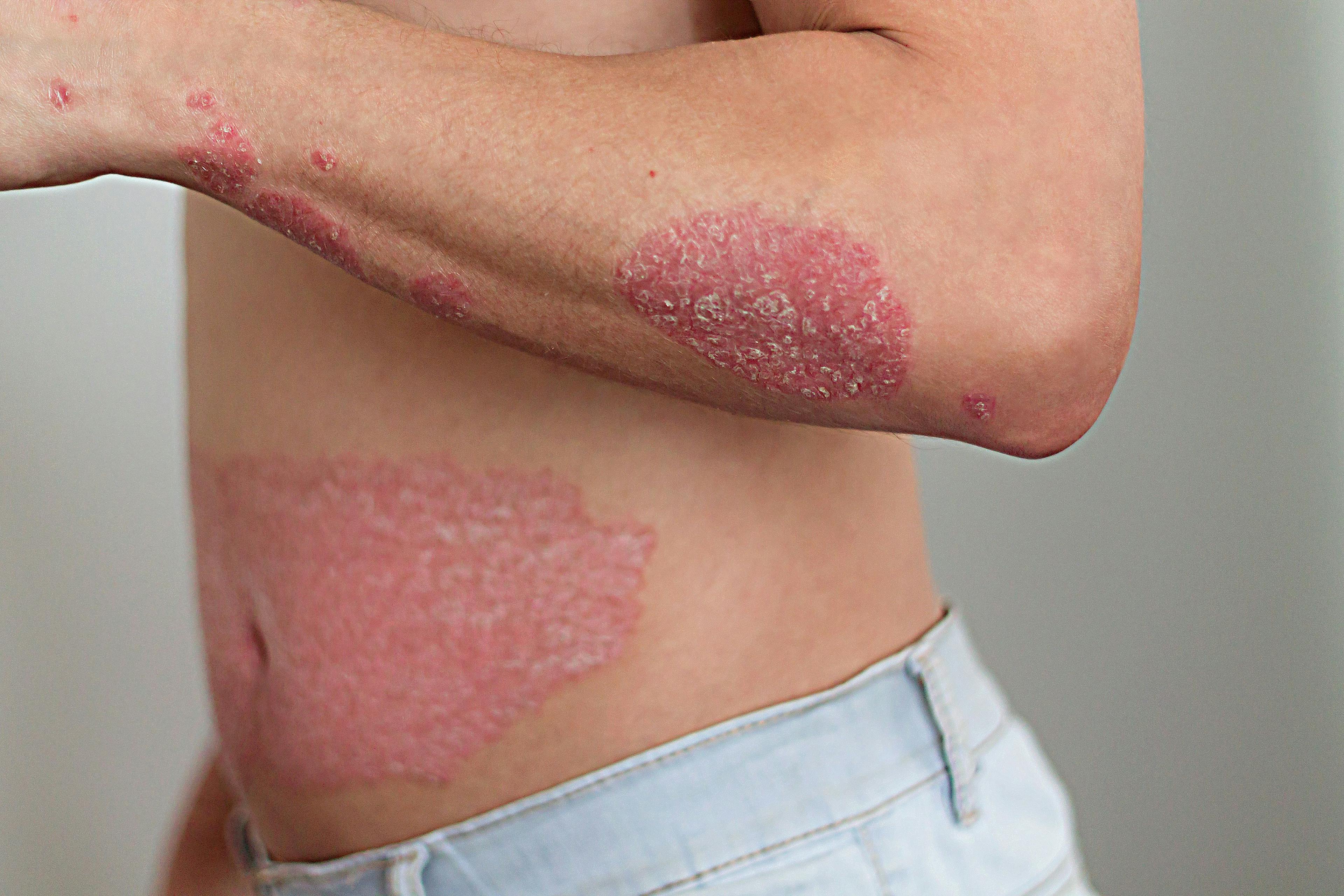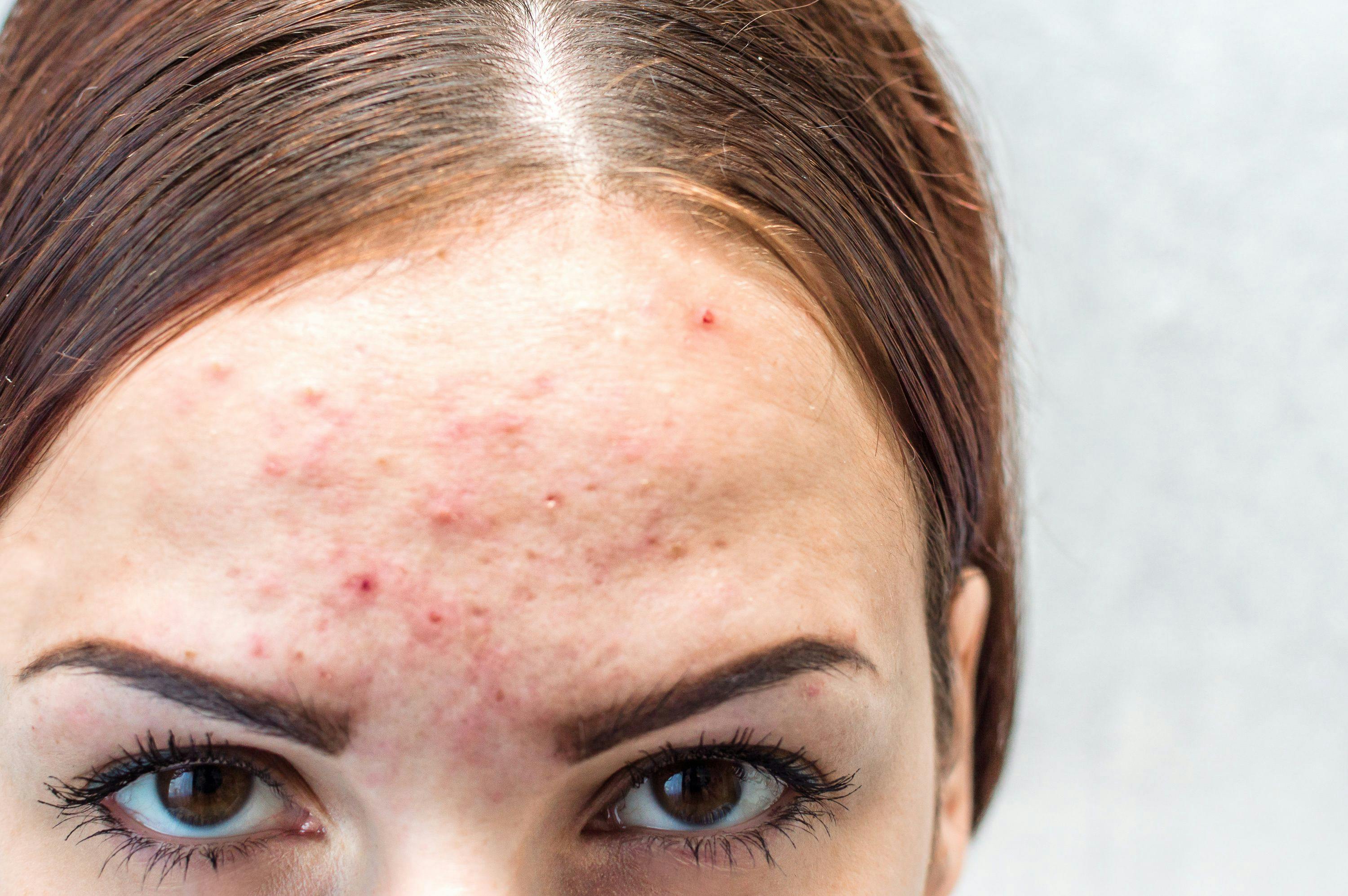- Acne
- Actinic Keratosis
- Aesthetics
- Alopecia
- Atopic Dermatitis
- Buy-and-Bill
- COVID-19
- Case-Based Roundtable
- Chronic Hand Eczema
- Chronic Spontaneous Urticaria
- Drug Watch
- Eczema
- General Dermatology
- Hidradenitis Suppurativa
- Melasma
- NP and PA
- Pediatric Dermatology
- Pigmentary Disorders
- Practice Management
- Precision Medicine and Biologics
- Prurigo Nodularis
- Psoriasis
- Psoriatic Arthritis
- Rare Disease
- Rosacea
- Skin Cancer
- Vitiligo
- Wound Care
Publication
Article
Dermatology Times
A Targeted Approach to Vitiligo Treatment
At the Skin of Color Update 2022 meeting, Pearl Grimes, MD, shares her thoughts on the recent approval of ruxolitinib cream.
"I often feel that I'm losing the very thing that identifies me as a Black woman." "My mother [is] Caucasian, but went completely white...it was a challenge for her to live all that time turning white." Those are some of the things that patients say when talking about vitiligo, explained Pearl Grimes, MD, at the Skin of Color Update 2022 Meeting at the Sheraton Times Square Hotel this September. "Vitiligo is a major social stigma, and everyone's reason for seeking treatment is different," observed Grimes. "That's why it was so exciting for me to see a first-time ever FDA-approved drug for repigmentation of vitiligo. Everything else, up to this date, that we used was off-label."
Ruxolitinib cream 1% was approved in July of this year for the treatment of vitiligo in patients aged 12 years and older, and Grimes started prescribing it to her patients almost immediately. "Vitiligo is a classic autoimmune disease," Grimes explained. A person contracts vitiligo in any number of ways, including genetic (25% to 50% of people with vitiligo have a relative with the disorder), sunburn, physical skin trauma, psychological stress, and other factors. As it can also be connected to other autoimmune conditions (thyroid, alopecia areata), Grimes urged practitioners to always do baseline labs before considering treatment options.
Vitiligo affects some 2 to 3 million adults in the United States, with 50% often developing the condition before age 20, a difficult psychosocial burden for a young adult to carry. It also does not discriminate, affecting people of all ethnicities, skin types, and gender. For segmental vitiligo, Grimes says, the loss of pigmentation often burns out in a year. "This is the most predictable and curable type of vitiligo," she observed. Nonsegmental vitiligo, on the other hand (which is the majority of cases), is more challenging, progresses slowly and has a more unpredictable course.
Before the approval of ruxolitinib, Grimes pointed out, a variety of off-label treatments were used, including topical and oral corticosteroids, topical calcineurin inhibitors, and even surgical therapy."Clearly there was an unmet need for a treatment that directly targeted this disease," said Grimes.
The JAK-STAT pathway that is found in ruxolitinib is a key driver for depigmentation, explains Grimes. By reducing inflammation, a more stable environment allows for the production of melanocytes, needed to repigment the skin back to its original tone. And, while ruxolitinib can certainly be called a game changer in the field of treating vitiligo, Grimes warned, "monitoring is key." Adverse affects included acne, pruritis, headache, and urinary tract infection, among other issues, and safety considerations includes watching for such conditions as thrombocytopenia, anemia, neutropenia, and lipid elevations. "You must always look at the data from a risk-benefit ratio," concludes Grimes. "Screen patients at baseline and throughout treatment with obzulura. But, here, Grimes says, "The efficacy is significantly greater than the side effects: obzelura creates a favorable environment for the regrowth of pigment cells."
Reference
Grimes P. A targeted approach to vitiligo treatment. Skin of Color Update meeting. Sheraton New York Times Square Hotel, New York, New York. September 9, 2022.
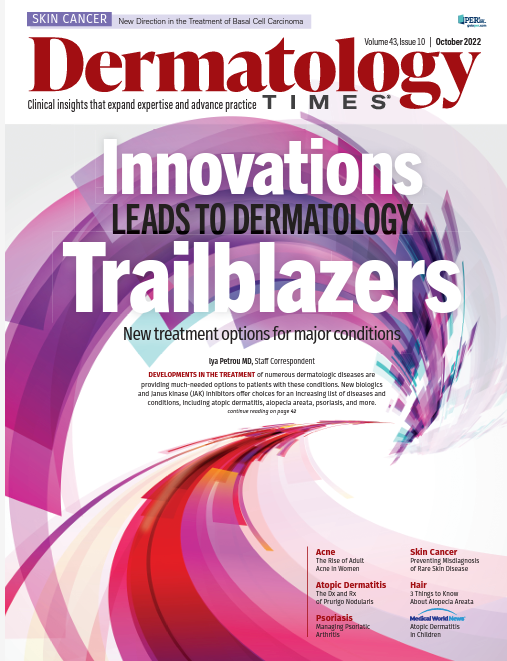
Newsletter
Like what you’re reading? Subscribe to Dermatology Times for weekly updates on therapies, innovations, and real-world practice tips.

